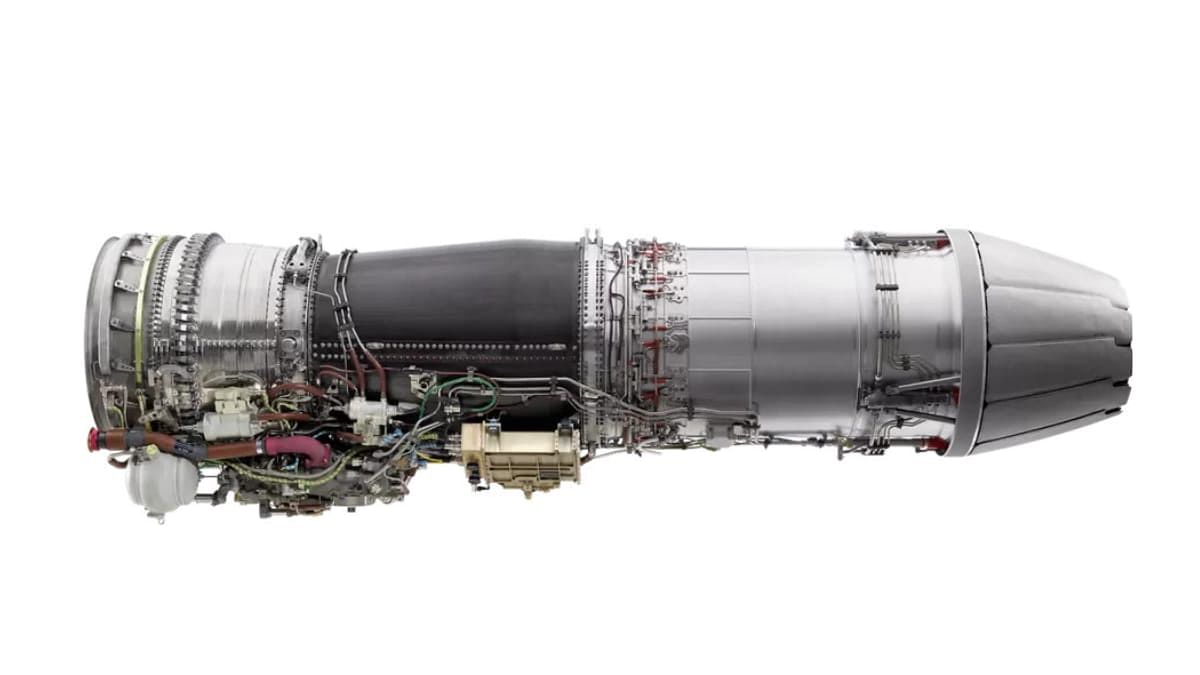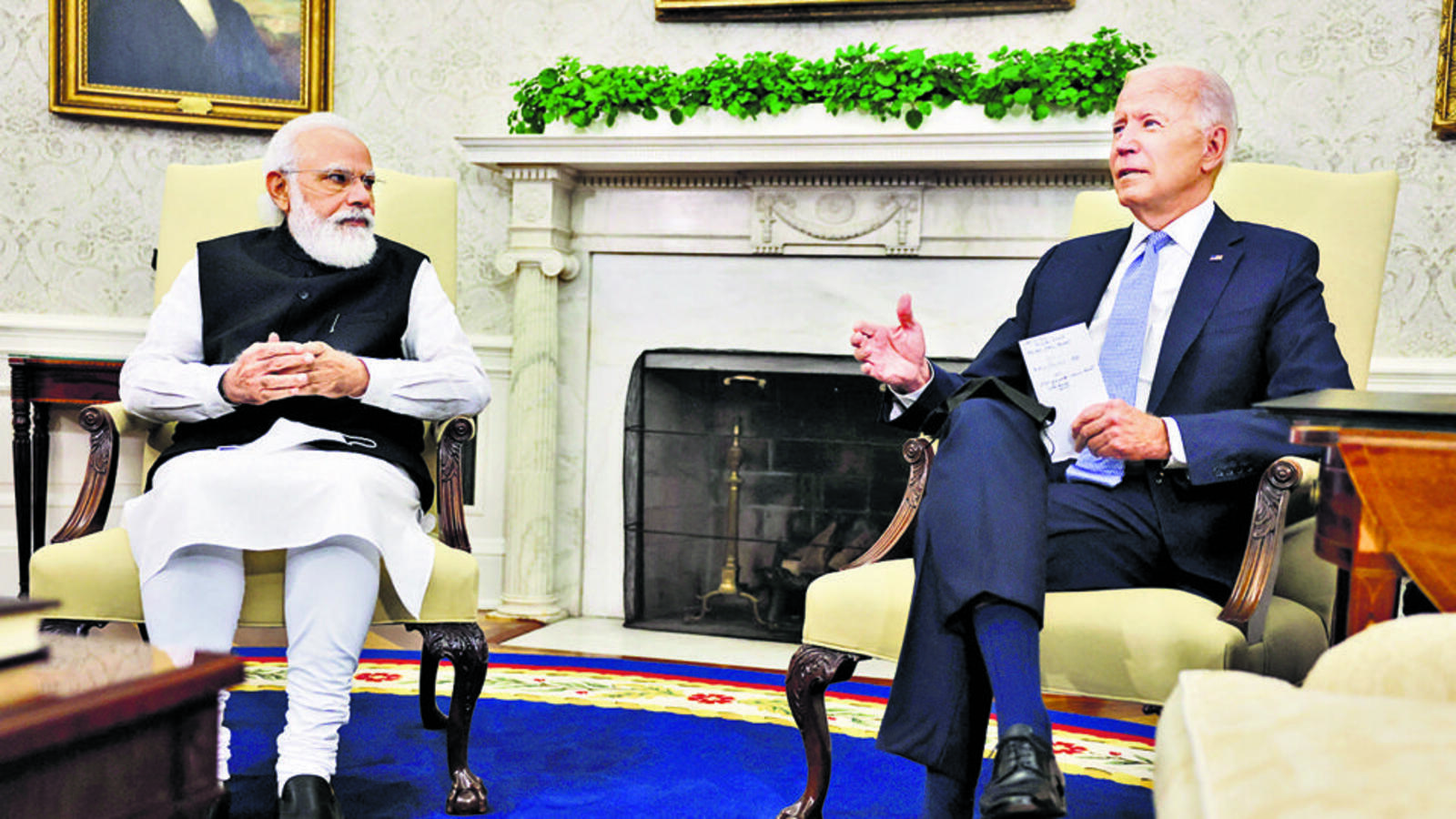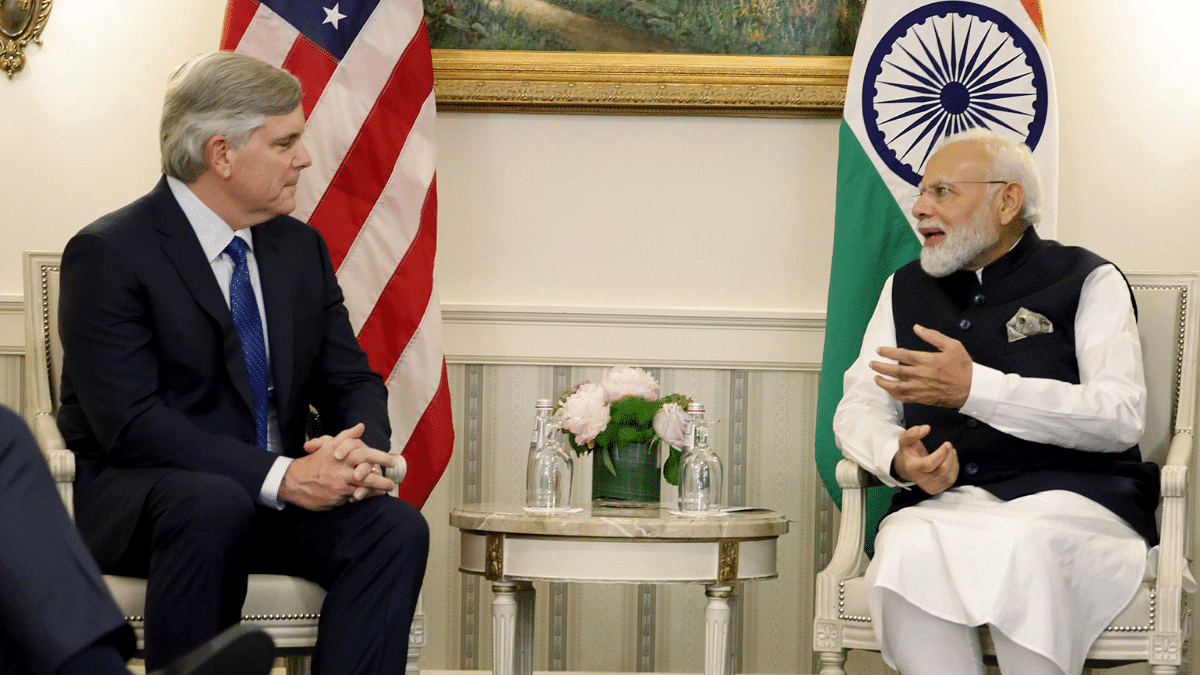HAL, Safran to start work on engines to power IMRH and DBMRH
In 2022 the two sides had signed an MoU in the presence of Safran Global CEO Olivier Andriès and the top official of state-owned HAL, under which the joint venture is expected meet the requirements of the Indian armed forces as well the future 13-ton Indian Multi-Role Helicopter (IMRH) and its naval variant the Deck Based Multi Role Helicopter (DBMRH).
Written by Huma SiddquiMay 15, 2023 19:47 IST
Ahead of Prime Minister Narendra Modi’s visit to Paris in July, design and development work on the helicopter engines under the joint venture between French company Safran Helicopter Engines and Hindustan Aeronautics (HAL) is set to start soon.
In 2022 the two sides had signed an MoU in the presence of Safran Global CEO Olivier Andriès and the top official of state-owned HAL, under which the joint venture is expected meet the requirements of the Indian armed forces as well the future 13-ton Indian Multi-Role Helicopter (IMRH) and its naval variant the Deck Based Multi Role Helicopter (DBMRH). Under this partnership the local defence manufacturing ecosystem in the country will play an important role.
It has been reported earlier both Safran Helicopter Engines and HAL have already inked a workshare agreement for the development of the engine for the 13 tonne IMRH and its naval version Deck-Based Multi-Role Helicopter (DBMRH). Both sides have already discussed and agreed on an equivalent repartition and HAL will participate in the design, development and production of the core engine components. The IMRH is expected to be launched four years from now.
These helicopters as reported by Financial Express Online earlier are for the Indian Army and the Air Force and will have the capability to take off and land 5 km altitude.
And these will replace the ageing Mi series Russian made military helicopters which the Indian Air Force (IAF) will start phasing out by 2028-29.
Also, Helicopter Engines MRO Pvt Limited (HE-MRO) facility has already been inaugurated in Goa which will help in providing maintenance services to more than 1000 Safran-designed helicopter engines.
Deck based Helicopter for the Indian Navy
These helicopters are expected to go on the newly inducted indigenous aircraft carrier.There are multiple partnerships between HAL and Safran Helicopter Engines are already in existence and these include the Shakti engine. This engine powers the HAL built helicopters like the Rudra, Light Combat Helicopter and Dhruv.
Under a 50/50 joint venture between HAL and Safran Aircraft Engines set up last July near the Kempegowda International Airport makes complex piping, which is used mostly for the LEAP engine.











